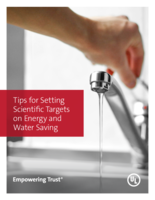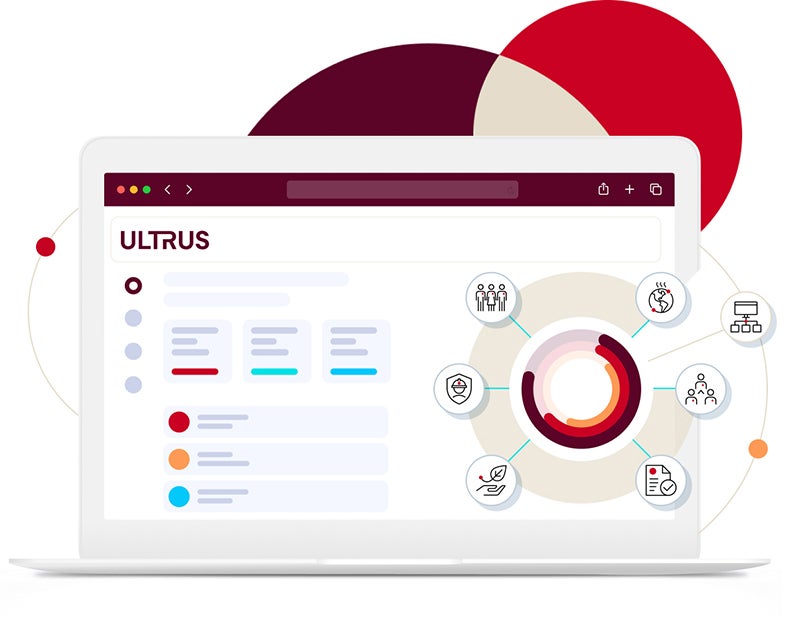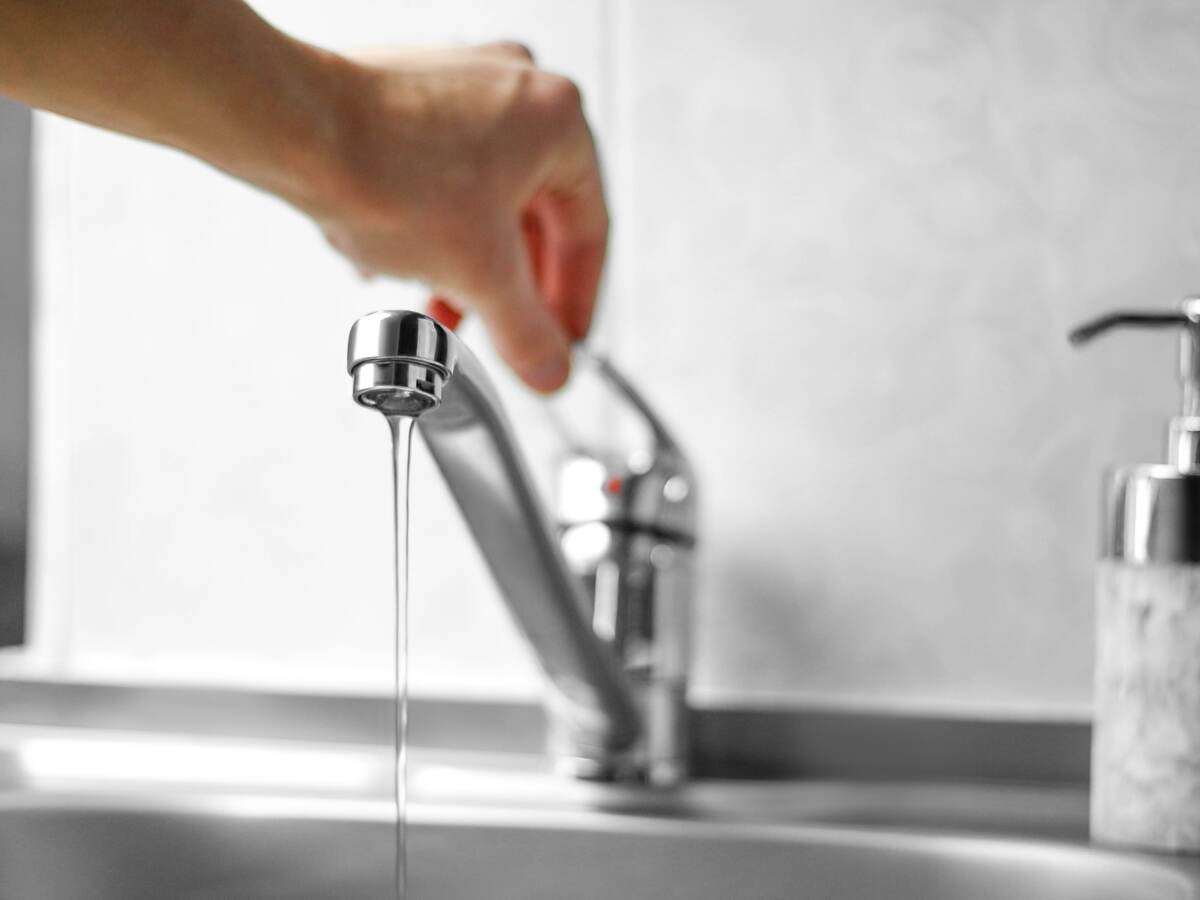
Tips for Setting Scientific Targets on Energy and Water Saving
Navigate your business in an increasingly complex world with industry-leading research and actionable insights from UL Solutions.
Explore our press releases and news updates. Delve into detailed press kits for information on our work. If it’s UL Solutions and newsworthy, it’s here.
Connect with us in person or online, around the globe. We’re everywhere your business needs us to be.
As a global safety science leader, UL Solutions helps companies to demonstrate safety, enhance sustainability, strengthen security, deliver quality, manage risk and achieve regulatory compliance.
See how we put safety science to work to help create a safer, more secure and sustainable world for you.
Explore our business intelligence-building digital tools and databases, search for help, review our business information, or share your concerns and questions.
Accelerate your planning process and learn the requirements needed to take your products to market worldwide.
A secure, online source for increased visibility into your UL Solutions project files, product information, documents, samples and services.
Access UL certification data on products, components and systems, identify alternatives and view guide information with Product iQ.

ULTRUS™ helps companies work smarter and win more with powerful software to manage regulatory, supply chain and sustainability challenges.
Saving energy and water appeals to factories looking to set scientific targets for their reduction programs. Get insight into some proper baselines to help identify energy- and water-saving measures.

Energy and water-saving hold a place of great importance in manufacturing. Many countries have legal requirements to use energy- and water-efficient equipment to reduce resource consumption. Additionally, voluntary environmental compliance programs also regularly inspect the energy and water efficiency of equipment. For example, the Higg Index, amfori Business Environment Programme Initiative (BEPI) and Initiative Clause Sociale (ICS) environmental audit program all include energy- and water-efficient equipment requirements. In addition to these drivers, factories can also benefit from energy reduction programs to save costs.
Yet, despite these incentives, many factories struggle to set good, scientific targets for their reduction programs. Common questions include:
In this paper, UL’s experts provide guidance on setting proper baselines and targets and introduce energy- and water-saving measures.
The steps we will look at in more detail include:

Tips for Setting Scientific Targets on Energy and Water Saving